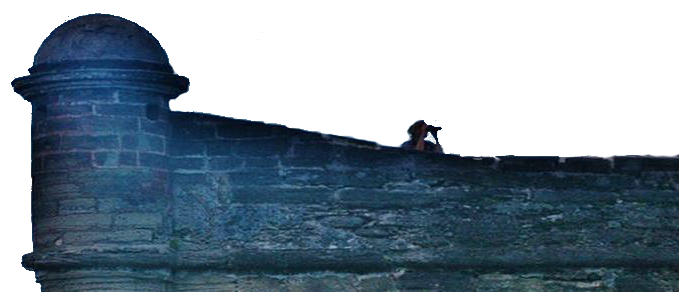M45.0
Ankylosing Spondylitis of Multiple Sites in Spine
M45.1
Ankylosing Spondylitis of Occipito-Atlanto-Axial Region
M45.2 Ankylosing Spondylitis of Cervical Region
M45.3
Ankylosing Spondylitis of Cervicothoracic Region
M45.4
Ankylosing Spondylitis of Thoracic Region
M45.5
Ankylosing Spondylitis of Thoracolumbar Region
M45.6
Ankylosing Spondylitis Lumbar Region
M45.7
Ankylosing Spondylitis of Lumbosacral
Region
M45.8
Ankylosing Spondylitis Sacral & Sacrococcygeal Region
M45.9 Ankylosing Spondylitis of Unspecified Sites in Spine
M46 Other Inflammatory Spondylopathies
M46.0
Spinal Enthesopathy
M46.1
Sacroiliitis, Not Elsewhere Classified
M46.2 Osteomyelitis of Vertebra
M46.3
Infection of
Intervertebral
Disc (Pyogenic)
M46.4
Discitis, Unspecified
M46.5
Other Infective Spondylopathies
M46.8
Other Specified Inflammatory Spondylopathies
Ankylosing spondylitis M45- >
Applicable To
Rheumatoid arthritis of spine
Type 1 Excludes
arthropathy in Reiter's disease (M02.3-)
juvenile (ankylosing) spondylitis (M08.1)
Type 2 Excludes
Behçet's disease (M35.2)
Clinical Information
A chronic inflammatory condition affecting the axial joints,
such as the sacroiliac joint and other intervertebral or
costovertebral joints. It occurs predominantly in young males
and is characterized by pain and stiffness of joints (ankylosis)
with inflammation at tendon insertions.
An autoimmune chronic inflammatory disorder characterized by
inflammation in the vertebral joints of the spine and sacroiliac
joints. It predominantly affects young males. Patients present
with stiffness and pain in the spine.
Ankylosing spondylitis is a type of arthritis of the spine.
It causes swelling between your vertebrae, which are the disks
that make up your spine, and in the joints between your spine
and pelvis. Ankylosing spondylitis is an immune disease. The
disease is more common and more severe in men. It often runs in
families. Early symptoms include back pain and stiffness. These
problems often start in late adolescence or early adulthood.
Over time, ankylosing spondylitis can fuse your vertebrae together,
limiting movement. Symptoms can worsen or improve or stop altogether.
The disease has no cure, but medicines can relieve the pain, swelling
and other symptoms. Exercise can also help. nih: national institute
of arthritis and musculoskeletal and skin disease
Chronic inflammation of the spine and the low back bone joint
Spondylosis M47- >
Includes
arthrosis or osteoarthritis of spine
degeneration of facet joints
Clinical Information
A degenerative spinal disease that can involve any part of the
vertebra, the intervertebral disk, and the surrounding soft tissue.
Spondylopathies in diseases classified elsewhere M49- >
Code First
underlying disease, such as:
brucellosis (A23.-)
Charcot-Marie-Tooth disease (G60.0)
enterobacterial infections (A01-A04)
osteitis fibrosa cystica (E21.0)
Degeneration of the spinal bone where spinal columns are
fused and immobilized
M47 Spondylosis
M47.0
Anterior Spinal & Vertebral Artery Compression Syndromes
M47.1
Other
Spondylosis With Myelopathy
M47.2
Other Spondylosis With Radiculopathy
M47.8
Other
Spondylosis
M47.9
Spondylosis, Unspecified
M48 Other Spondylopathies
M48.0
Spinal
Stenosis
M48.1
Ankylosing Hyperostosis [Forestier]
M48.2
Kissing
Spine
M48.3
Traumatic Spondylopathy
M48.4
Fatigue Fracture Vertebra
M48.5
Collapsed Vertebra, Not elsewhere Classified
M48.8
Other Specified Spondylopathies
M48.9 Spondylopathy, Unspecified
M49 Spondylopathies in Diseases Classified Elsewhere
M49.8 Spondylopathy in Diseases
Classified Elsewhere
™


Copyright 2006-2023 Automated Clinical Guidelines, LLC. All rights reserved.
™
.png?crc=4187891543)
Home Contact FAQ
Account
